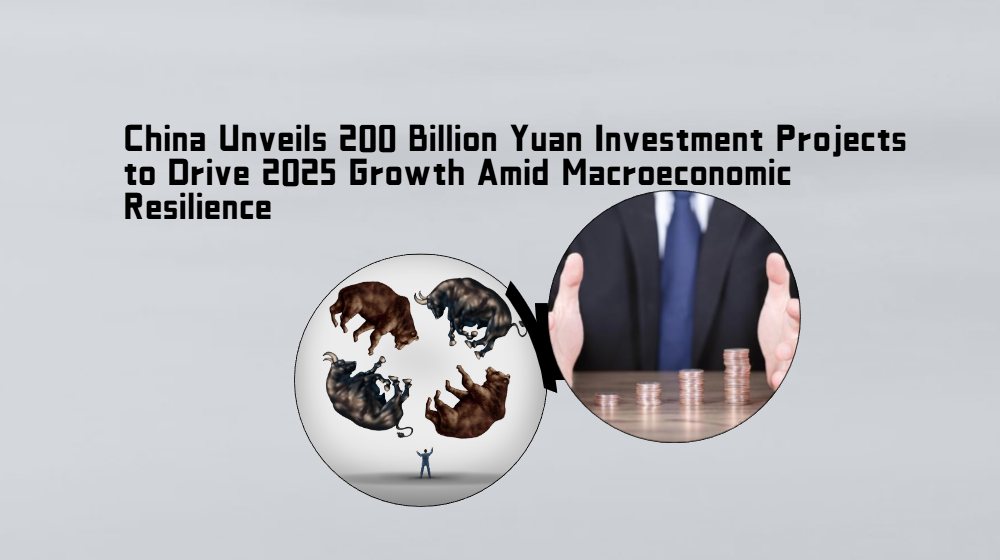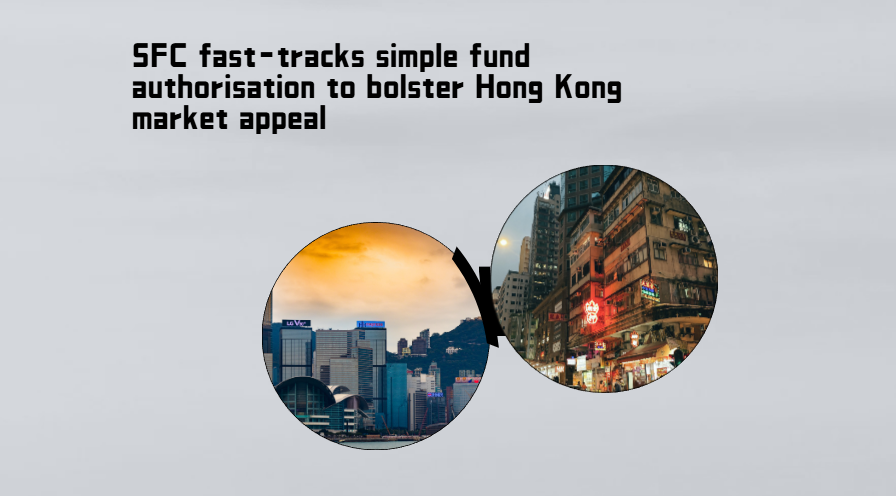Paving the Way for a Greener Future: Mastercard's Push Towards Sustainable Payments
In a rapidly evolving consumer landscape, sustainability is no longer an afterthought but a driving force behind purchasing decisions. According to Mastercard's latest data, 85% of consumers globally are willing to change their habits to support environmental sustainability. China's young "Generation Z" leads this shift, with growing demand for eco-friendly products and services. This trend has pushed Mastercard to integrate sustainability into its payment solutions, not only focusing on seamless transactions but on reducing the environmental impact of each payment.
Mastercard's commitment to a sustainable payment ecosystem is clear through initiatives like its recent "Priceless Beijing" renewal, a project launched in collaboration with the Beijing Municipal Bureau of Culture and Tourism. The program emphasizes "green" experiences, promoting eco-friendly consumption across dining, entertainment, and cultural activities. This blend of sustainability and unique experiences caters to modern consumers' desire for both purpose and enjoyment.
Making Every Transaction Count: Turning Payments into Environmental Action
A key challenge in promoting sustainable consumer behavior is translating intention into action. Many individuals find it difficult to make a tangible difference on their own. Mastercard is addressing this by embedding sustainability into everyday payment habits. The company has developed a "carbon footprint calculator," enabling consumers to track the environmental impact of their transactions. By offering tools that simplify eco-conscious decisions, Mastercard encourages consumers to consider the wider implications of their spending habits.
One notable initiative is the "Priceless Planet Coalition," a global effort committed to planting 100 million trees worldwide, including in China. Through partnerships with banks like China Construction Bank and Ping An Bank, Mastercard enables consumers to contribute to this effort every time they make a purchase, integrating environmental responsibility into routine financial activity.
Innovation in Card Technology: A Greener Approach to Payments
In line with its sustainability goals, Mastercard has pledged that by 2028 all newly issued cards will be made from certified sustainable materials. This initiative builds on the company's broader environmental strategy, which includes the use of recycled, bio-based, and even ocean-reclaimed materials for card production. As of early 2024, more than 570 financial institutions in over 100 countries have issued over 530 million eco-friendly Mastercard cards.
The company's "Sustainability Innovation Lab" in Sweden has been at the forefront of developing these cutting-edge payment solutions, working to reduce the carbon footprint of card production and disposal. Such efforts are part of Mastercard's long-term vision to create payment systems that benefit both consumers and the planet.
Connecting the World Through Inclusive Payments
Mastercard's efforts extend beyond sustainability, aiming to foster financial inclusion on a global scale. The company's recent focus has been on breaking down barriers in cross-border payments, particularly in China, where inbound tourism is rebounding. The launch of the "Tap and Go" payment system on Beijing's rail transit network allows international visitors to seamlessly pay for transportation using their overseas-issued Mastercard. This innovation marks a significant step in making the Chinese payment ecosystem more accessible to global travelers.
Mastercard's collaboration with WeChat Pay and Alipay, enabling overseas cardholders to link their bank cards to these popular Chinese digital wallets, further illustrates its commitment to inclusivity. By expanding its acceptance network and making cross-border payments easier, Mastercard helps bridge the gap between international consumers and local businesses.
A Digital Future: Empowering Businesses and Consumers Alike
Looking ahead, Mastercard continues to focus on supporting small and medium-sized enterprises (SMEs), particularly in industries like tourism that are heavily reliant on digital payments. As cross-border travel rebounds, Mastercard’s efforts to include millions of SMEs in its global payment network provide these businesses with the tools needed to thrive in the digital economy. By offering innovative payment solutions, Mastercard helps these enterprises access new markets and grow in an increasingly interconnected world.






















































First, please LoginComment After ~